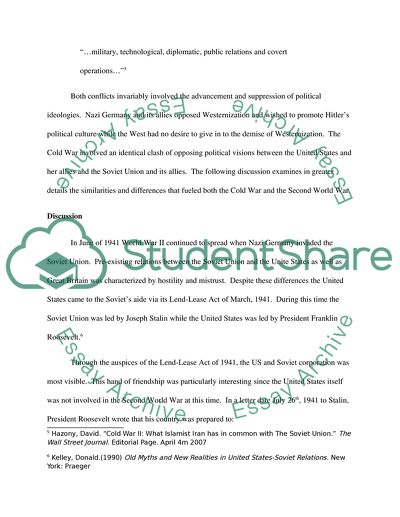Cite this document
(A Comparison of World War II and the Cold War Essay, n.d.)
A Comparison of World War II and the Cold War Essay. https://studentshare.org/history/1541491-comparative-analysis-of-world-war-ii-and-the-cold-war
A Comparison of World War II and the Cold War Essay. https://studentshare.org/history/1541491-comparative-analysis-of-world-war-ii-and-the-cold-war
(A Comparison of World War II and the Cold War Essay)
A Comparison of World War II and the Cold War Essay. https://studentshare.org/history/1541491-comparative-analysis-of-world-war-ii-and-the-cold-war.
A Comparison of World War II and the Cold War Essay. https://studentshare.org/history/1541491-comparative-analysis-of-world-war-ii-and-the-cold-war.
“A Comparison of World War II and the Cold War Essay”. https://studentshare.org/history/1541491-comparative-analysis-of-world-war-ii-and-the-cold-war.


